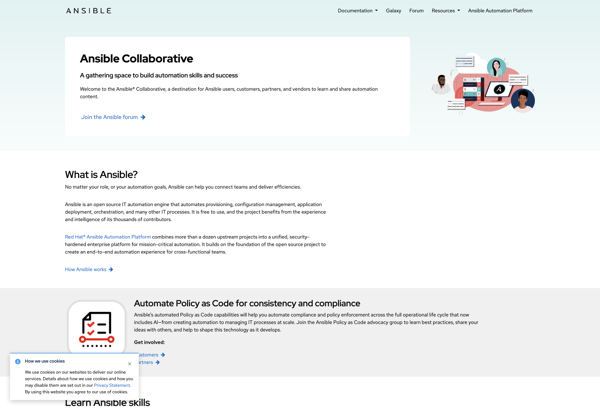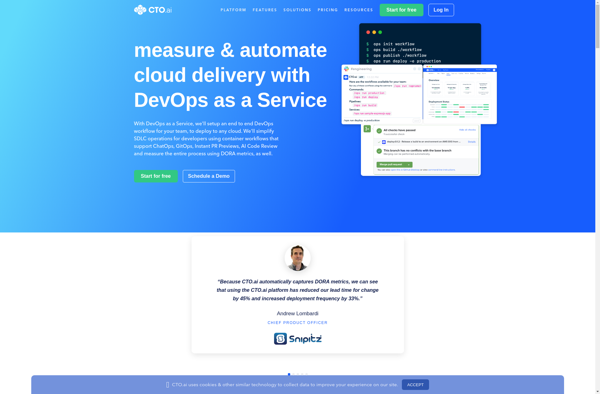PowerShell DSC

PowerShell DSC (Desired State Configuration): Infrastructure as Code
PowerShell DSC (Desired State Configuration) is a configuration management platform that allows administrators to define, deploy, and manage the configuration of systems. It uses a declarative model to enable infrastructure as code.
What is PowerShell DSC?
PowerShell DSC (Desired State Configuration) is a configuration management platform included in Windows PowerShell that enables deploying and managing configuration data for software services and managing the environment in which these services run. DSC provides a set of Windows PowerShell language extensions, new Windows PowerShell cmdlets, and resources that you can use to declaratively specify how you want the state of your software environment to be configured.
Key capabilities of DSC include:
- DSC resources enable you to manage or configure the deployment and configuration of software services in a consistent, flexible manner.
- DSC configurations enable you to combine and manage sets of DSC resources to achieve a specific software environment state.
- The DSC engine automatically executes DSC configurations and applies DSC resources, enabling you to easily establish and enforce configuration baselines.
- DSC includes a Local Configuration Manager (LCM) that controls how target nodes process and enact the configurations they receive.
By leveraging DSC, administrators can easily deploy applications and environments by writing PowerShell code rather than scripts. This improves consistency, reusability, and maintainability compared to traditional scripting.
PowerShell DSC Features
Features
- Declarative model for defining system configuration
- Push-based deployment of configuration to target nodes
- Pull-based model where nodes check in for configuration
- Use of MOF files to define configuration
- Integration with PowerShell
- Support for ensuring configurations are kept in desired state
Pricing
- Free
- Open Source
Pros
Cons
Reviews & Ratings
Login to ReviewThe Best PowerShell DSC Alternatives
Top Development and Configuration Management and other similar apps like PowerShell DSC
Ansible

Puppet

CTO.ai
